This is one of the main contents to be discussed at the 30th Climate Summit (COP30) taking place in Belém, Brazil; it is also the content that many National Assembly deputies are interested in and gave their opinions at the discussion on the results of implementing the Law on Environmental Protection which took place on October 28, at the 10th Session of the 15th National Assembly.
To shed more light on this topic, Vietnam Women's Newspaper invited Dr. Nguyen Phuong Nam, the sole representative of Vietnam in the Advisory Committee of the United Nations Climate Action Transparency Initiative (ICAT), to share the perspective of an international climate expert on the opportunities, challenges and readiness of Vietnam in this important field.

Dr. Nguyen Phuong Nam, Advisor to the United Nations Climate Action Transparency Initiative (ICAT)
PV: The Law on Environmental Protection regulates the domestic carbon market. Could you please share an overview and assessment of related policy-making activities after this law was passed by the National Assembly in 2020? What opportunities does Vietnam have and what risks does it face when legal regulations on this topic are introduced?
Dr. Nguyen Phuong Nam: The 2020 Law on Environmental Protection has laid the foundation for the domestic carbon market, assigning the Government to regulate in detail. Over the past 3 years, many sub-law documents have been issued, but the roadmap for piloting and official operation has been continuously adjusted, showing inconsistency.
According to Decree 119/2025/ND-CP, the official operation phase is expected to start in 2029. However, the National Assembly recently proposed to postpone the pilot phase to the end of 2026, 1.5 years later than the plan issued in early 2025.
On the positive side, the rapid and innovative policy development compared to similar countries (Mexico, Thailand, Indonesia...) has created incentives for businesses to go green. The risk lies in the implementation of technical regulations, especially the allocation of GHG emission quotas and the legalization of voluntary carbon credit trading, which are still unclear and incomplete.
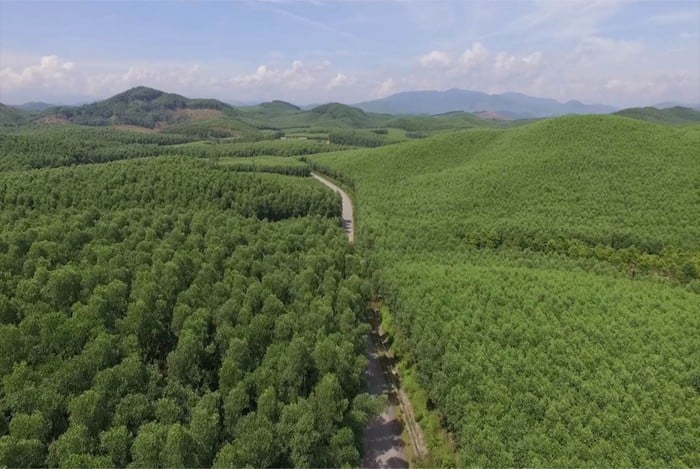
Forest carbon credits are one of the oldest and most popular types of credits, providing a rich source of credits that appeal to businesses looking to offset emissions or fulfill social responsibility.
PV: To officially operate the carbon market in 2028, it is necessary to complete the sub-law documents on emission quota allocation and operate the MRV (Measurement, Reporting and Verification) system. In your opinion, how ready is the legal framework and technical capacity of enterprises in the list of GHG emissions inventories compared to the ambition of the carbon market according to the official roadmap after 2028?
Dr. Nguyen Phuong Nam: Vietnam still has many limitations in infrastructure and professional capacity to operate the carbon market from 2029. The domestic professional staff cannot meet the workload when the market complies and voluntarily pilots together.
Regarding the Legal Framework: The general principle of quota allocation is available, but the detailed allocation methodology for each sector, sub-sector and facility has not been clarified. The allocation responsibilities between the Ministry of Agriculture and Environment and the sectoral ministries also need to be more clearly defined.
MRV stands for Measurement, Reporting, and Verification . This is a mandatory technical process system to ensure that greenhouse gas (GHG) emissions data are accurate, transparent, and verifiable within the carbon market framework.
On MRV Capacity: This is the biggest bottleneck. National MRV infrastructure is behind schedule and depends on international technical assistance projects. At the grassroots level, the lack of specific regulations on independent verification and appraisal mechanisms is making it difficult for businesses to ensure the quality of emissions data, thereby undermining the credibility of carbon credits and quotas. If these bottlenecks are not addressed quickly, the 2029 target will be extremely challenging.
Reporter: At the discussion on the results of implementing the Law on Environmental Protection held on October 28, many National Assembly deputies expressed concerns about the burden of compliance costs and the impact on the competitiveness of enterprises when the carbon market is implemented. In your opinion, what financial support and incentive mechanisms should the State have that are strong and timely enough to reduce pressure on enterprises, especially small and medium enterprises, during the pilot period of 2025-2027?
Dr. Nguyen Phuong Nam: Concerns about compliance costs are completely justified, especially for small and medium enterprises (SMEs). To ensure fairness, the State needs to have specific financial and non-financial support mechanisms:
Support MRV capacity building costs for SMEs on the inventory list.
Establish Green Credit packages with special preferential interest rates for SMEs investing in innovation of emission reduction technology.
However, the implementation mechanism of these supports is currently unclear (registration criteria, approval process, agency responsible for allocating capital). If a specific handbook is not issued soon, the financial support proposals will remain on paper and cannot be implemented in time to reduce pressure on businesses during the pilot period of 2025-2028.
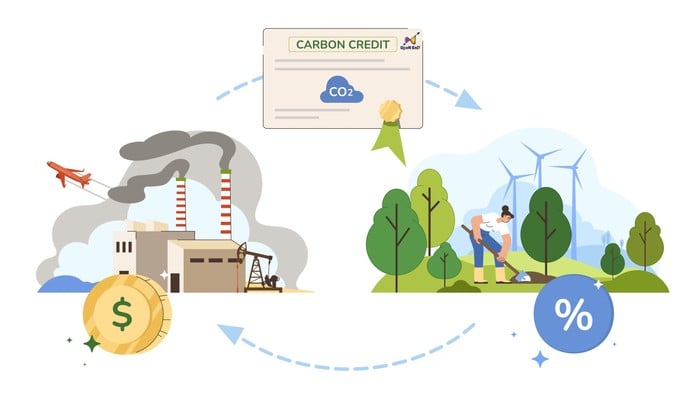
The operation of domestic carbon markets is key to attracting large international capital sources to domestic emission reduction projects.
PV: The issue of transparency and monitoring the quality of carbon credits is always a top concern of the National Assembly. How do you assess the role of the State in controlling the origin, quality and transactions of credits to ensure the market operates effectively and avoid fraudulent transactions or "greenwashing"?
Dr. Nguyen Phuong Nam: Quality and transparency are common concerns of all carbon markets. The State plays an absolute role in building and managing the compliance market (GHG emission quotas).
However, the state management agency currently does not have the legal framework and technical capacity to manage the quality of emission quotas or voluntary carbon credits on its own. The assessment of carbon credit quality in Vietnam is currently mainly based on prestigious international standards (Verra, Gold Standard...).
Instead of trying to manage the quality of all types of credits by itself, the State should focus on providing technical and financial support so that domestic project owners can access and comply with international credit creation standards. This will indirectly improve the quality and reputation of Vietnamese carbon credits in the global market, while reducing the management burden on the national system.
Reporter: The Minister of Agriculture and Environment has emphasized the development orientation of green economy, circular economy and low-carbon economy. How do you assess the impact of carbon market (both domestic and international) on promoting the shift of production model and the ability to attract green FDI capital in Vietnam, especially after 2028? Do you have any advice for domestic enterprises at the present time?
Dr. Nguyen Phuong Nam: Using the carbon market is an inevitable trend for Vietnam to transition to a green and low-carbon economy. Having a domestic carbon market is proof of Vietnamese enterprises' readiness to face international green trade barriers (e.g., the EU's CBAM). After 2028, when the market officially operates, it will send a strong policy signal to the international community.
FDI investors will see green standards as a top priority. The operation of domestic carbon markets is key to attracting large international capital sources for domestic emission reduction projects (such as the JETP and the Article 6 mechanism of the Paris Agreement).
Advice for businesses: Businesses should not wait until 2029 to take action. They need to build a green transformation strategy and a GHG emission reduction plan now to create a competitive advantage. At the same time, businesses need to invest in building internal capacity to conduct their own GHG inventories, or hire reputable professional consultants. Delaying action will result in losing competitive advantage.
PV: Thank you!
Source: https://phunuvietnam.vn/su-dung-thi-truong-carbon-la-xu-the-tat-yeu-de-viet-nam-chuyen-dich-sang-kinh-te-xanh-20251113182215255.htm






![[Photo] Deep sea sand deposits, ancient wooden ship An Bang faces the risk of being buried again](https://vphoto.vietnam.vn/thumb/1200x675/vietnam/resource/IMAGE/2025/11/13/1763033175715_ndo_br_thuyen-1-jpg.webp)




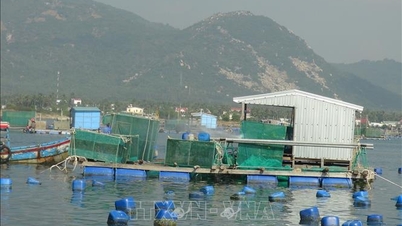
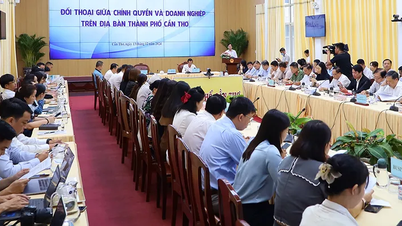





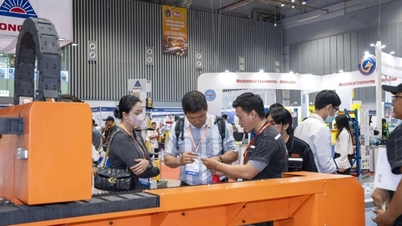

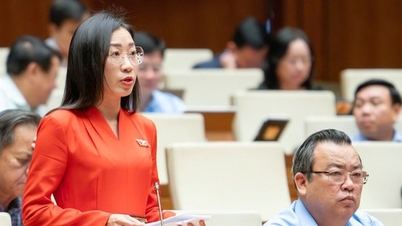

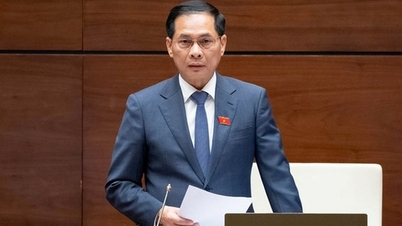










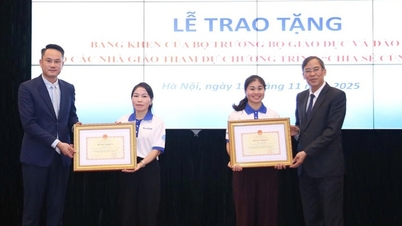


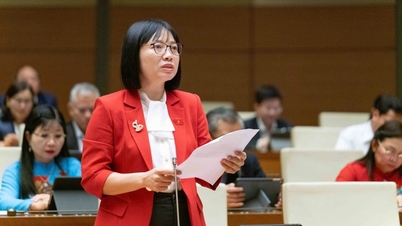
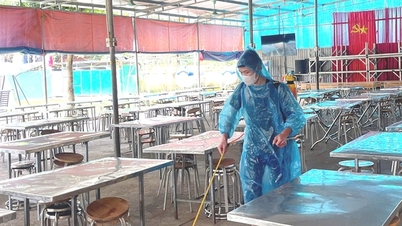


































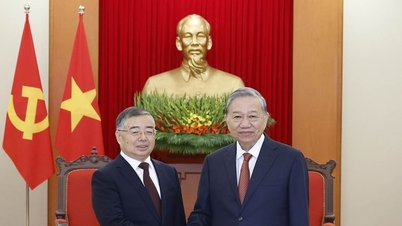
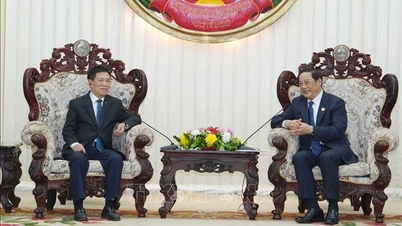










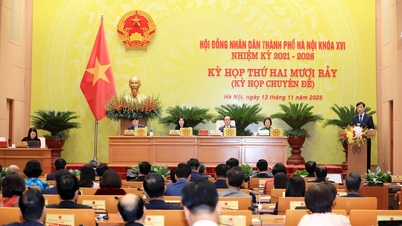


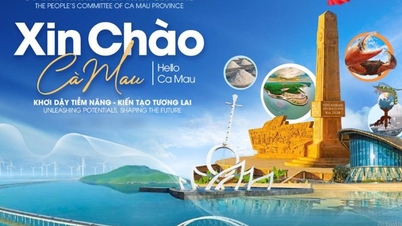
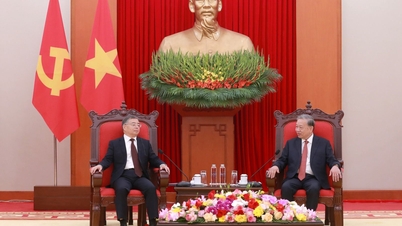





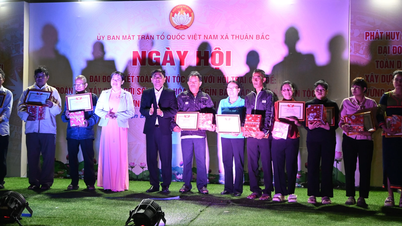

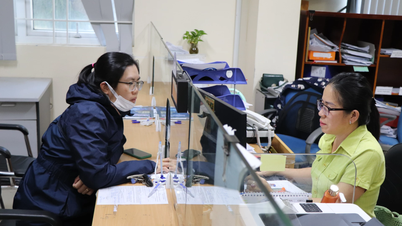





![Dong Nai OCOP transition: [Article 3] Linking tourism with OCOP product consumption](https://vphoto.vietnam.vn/thumb/402x226/vietnam/resource/IMAGE/2025/11/10/1762739199309_1324-2740-7_n-162543_981.jpeg)







Comment (0)